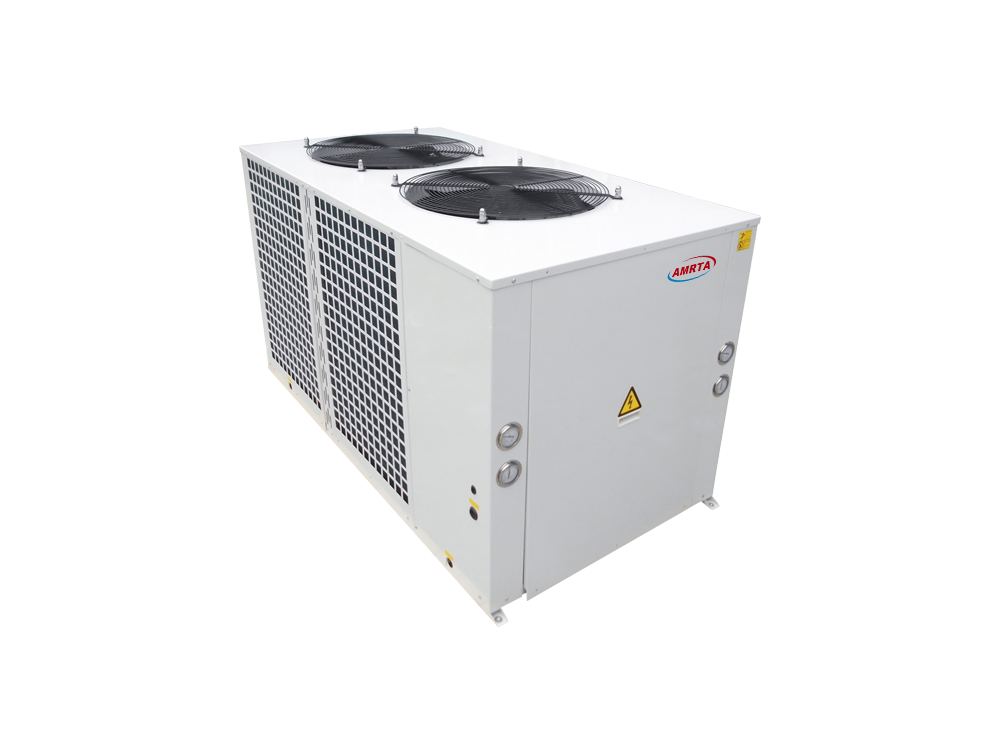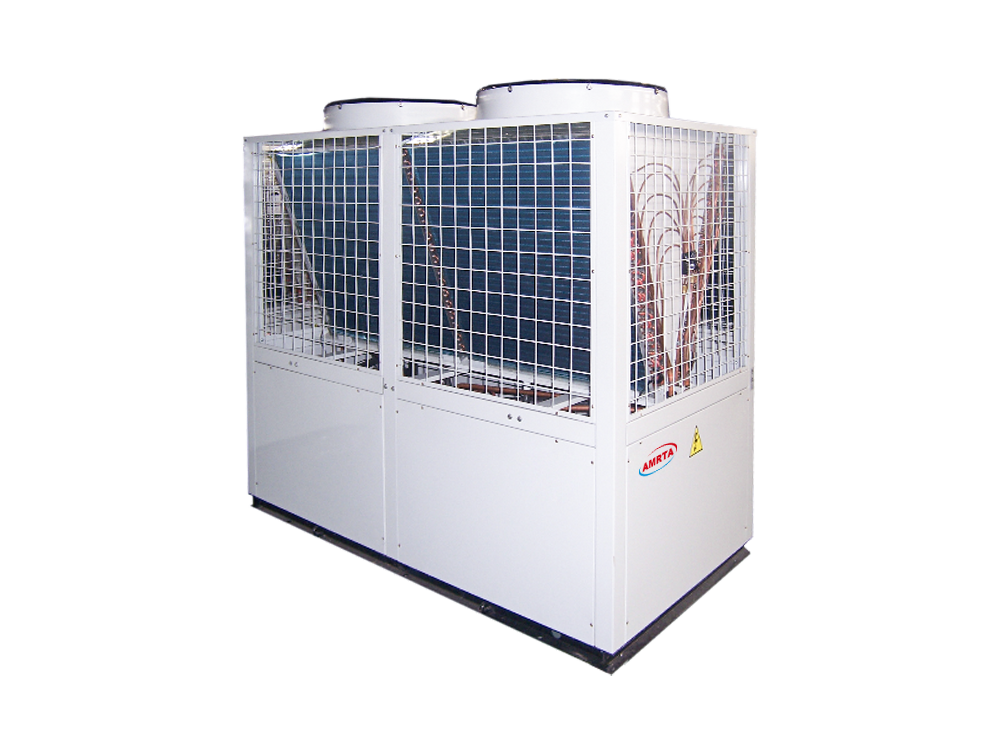The main beneficiation methods of graphite, the characteristics of the process and the flotation reagents used are listed in Table 1.

With the development of industry, the demand for graphite products is developing in the direction of high purity and ultrafine. On the one hand, graphite crystals of high-purity large scales are required, and on the other hand, graphite powders of ultrafine (-5 μm, -1 μm, -0.5 μm, etc.) are required. The graphite purification method includes a chemical purification method, a high temperature purification method and a mixing method, and the chemical purification method can be further divided into a wet method and a dry method. See Table 2 for details.

Some graphite tailings containing pyrite, rutile and other useful components, to increase the economic efficiency of enterprises and more efficient use of mineral resources, these may be integrated recovered useful components which recycling in Table 3.

Compact chiller cooling capacity: 10kW-82kW
Characteristics:
1. Pre-cooling
Selecting the right pre-cooling system for your farm is an important decision. There are many factors to take into consideration before deciding what type of system will suit your farm best. Cow numbers, bail number, water temperature, milk pump flow rates, power availability and primary cooling design are just some of the things that need to be considered before a solution can be proposed.
2. Chilled water system
Chilled water system chills a large volume of water to 4ËšC-10ËšC outside of milking time. It circulates the water during milking through the second stage of your plate cooler reducing milk temperature to 6ËšC-10ËšC before entering the milk vat. This dairy Water Chiller is smaller than a glycol unit but needs to run over a longer period of time each day. Chilled water system are the most common pre-cooling option.
3. Glycol system
Glycol pre-cooling system chills approved food grade glycol/water mix to around 2℃ in a 1,000L tank. The glycol water chiller continually chills glycol during milking and stores it in the storage tank this glycol then gets circulated through the second stage of your plate cooler snap chilling your milk so it enters the vat between 4℃-7℃
4. Chilled water system
• Ability to snap chill milk to 6℃-10℃ within 3 minutes of leaving the cow.
• Built in heat recovery producing hot water up to 60℃ at 3 liters per minute.
• Independent from your vat refrigeration system giving you peace of mind.
• It can use off peak power outside milking time to chill the water.


Dairy Water Chiller
Dairy Water Chiller,Industrial Dairy Water Chiller,Farm Cooling Dairy Water Chiller,Milk Cooling Dairy Water Chiller
Jinan Amrta Air Conditioning Co.,Ltd , https://www.amrtaac.com